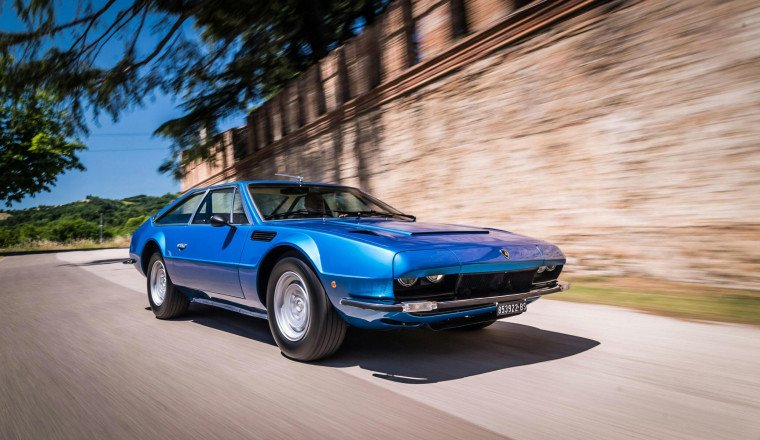
The invitation by Lamborghini to celebrate ten years of its Polo Storico operation was not one to miss. Two days hosted by the company’s team that deals with the certification, restoration and promotion of its classic models included the opportunity to drive them along the twisting roads through the northern Apennine mountains and a day at the factory at Sant’Agata Bolognese.
“Classic” is a flexible term which Lamborghini defines as a car that started production over 30 years ago, and finished production no sooner than 20 years ago, so the Diablo is in, but the Murciélago has a few years left to wait. Our rides for that day included a very special Diablo—the very final 6.0 VT built, and the car Nik Berg last year called ‘the best Lamborghini ever built’ when he test drove it for Hagerty. Next to it was the final Countach 25th Anniversary, a car that even surprised the Lamborghini technicians when they put it through the dyno. They wouldn’t say what power was produced, just that it was “more than we expected.” You could tell they were impressed, and these guys don’t impress easily.
But my favorite car of the day wasn’t the sublime Diablo, even though it exceeded my expectations with its direct steering, vast torque and unexpectedly comfortable cabin. It wasn’t the literal poster car of my youth, the extraordinary Countach, a car that combines extreme form and extreme function in a way that all hypercars since have striven to emulate but few match. It wasn’t the 400GT, the ultimate derivative of Ferruccio Lamborghini’s first model, with its front-mounted V-12 that pulls like a train or the brute force of the LM002, a truck that makes gives the Mercedes-Benz G Wagon performance anxiety. No, my favorite was a later 2+2 grand tourer, designed by Marcello Gandini at Bertone, of which just 150 examples were made between 1970 and 1976: The Lamborghini Jarama.
The design of the Jarama marks a turning point in Gandini’s career, the moment at which he moved from the flowing lines of the Miura and Alfa Romeo Montreal to the angular shapes that were to define his later cars ultimately leading to the Countach. It’s not a masterpiece like the Miura, nor does it have the space-ship impact of the Countach, but it’s exceptional nonetheless and it has much more presence than Gandini’s other angular follow-up designs, the Urraco and the Ferrari 308 GT4. The example I drove, in metallic blue with the magnesium center-lock wheels of the Miura matched to a cream leather interior, immediately drew attention from passers by. This is a car that few will recognize, but many will admire.
Inside, the cabin is a spacious and comfortable 2+2. The dash is no-nonsense, with Jaeger speedo topping out at 280kmh on the left and rev counter with 7250 redline on the right, a small oil pressure gauge between them. Below are more small gauges, then on the central console, a bank of toggle switches, knobs and dials. It’s all about the driving experience; the radio unit is relegated to being hung from the roof. Like the 400GT, the steering wheel and shift knob are varnished wood, but the Jarama feels less delicate, much more of a purposeful, driver’s car, and that feeling was reinforced when I turned the key, the 3.9-liter V-12 surged into life, and I pulled out onto the road.
The Futa Pass is possibly the very best place in the world to test-drive a classic Lamborghini. The twisting, dipping road high in the mountains between Florence and Bologna is a key stage on the Mille Miglia route, and you can see why: superb driving, but also extraordinary views as the verdant ground drops away into the valley below. You pass roadside ristorantes straight out of central casting, full of peeling pictures of racing drivers of old where men sip espresso and ladies wave as you pass. In fact, in a classic Lamborghini, everyone waves as you pass: the sense of love for this brand in this area surpasses simple local pride.
On these roads, the Jarama is superb. In many ways, it reminds me of an Alfa Romeo of the same era, which I have to admit are some of my favorite cars I’ve ever driven: the steering is direct, the throttle response immediate, and the long-throw gearchange an absolute delight to use. Where this leaves an Alfa Romeo in the dust is the engine: twice the capacity of the Milanese twin cam and with six Weber DCOE 40s rather than the Alfa’s two. The noise it produces is superb, less than the ever-present wail of the Countach but more than the subtle tone of the 400GT, and it’s a soundtrack that I could listen to all day; no wonder the radio was an afterthought. And, where the 400GT was hard work on the twisty roads and only really came alive on the autostrada, the Jarama thrived in both environments.
I’m glad to say that my feelings for the Jarama put me in good company. Ferruccio Lamborghini also felt the model was his favorite, offering a combination of style and performance that placed it, in his opinion, at the sweet spot between its two contemporary Lamborghini models, the Miura and the Espada. I’m aware that sales were affected after launch at the 1970s Geneva Salon by reliability issues, with some of the press cars that led to difficult reviews, and that this car, carefully restored and maintained by the factory team, probably drives better than one would have at the time. I can only judge what I’m given, though, and on the day it blew me away. Yes, you can buy faster, you can buy rarer, and you can buy more exotic Lamborghinis but with a Hagerty Price Guide value a mere fraction of a Miura, this is a superb car that feels like a true classic but without the compromises that cars of the era sometimes demand. Now, all I have to do is persuade Lamborghini to let me borrow it to carry out the job for which it was designed: a proper grand tour of Europe. I feel that’s only fair to Ferruccio.
I like the color. It’s a cool looking car. Pretty sure I’ve never seen one.






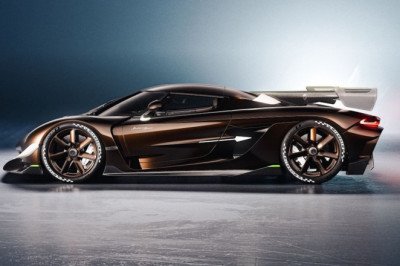

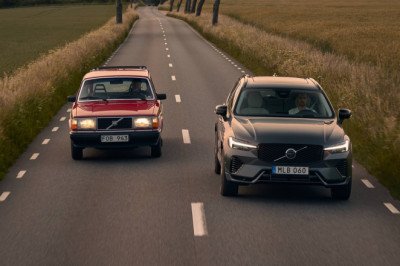
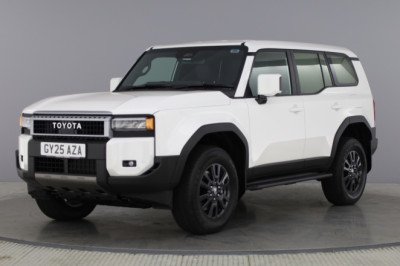

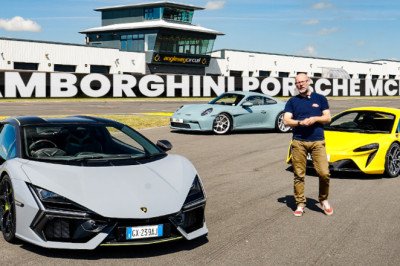
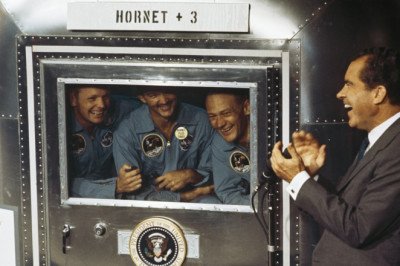
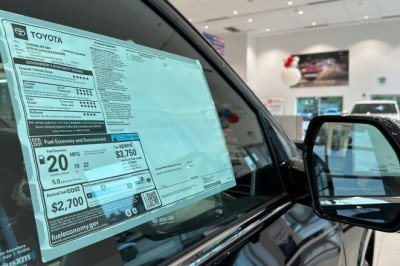
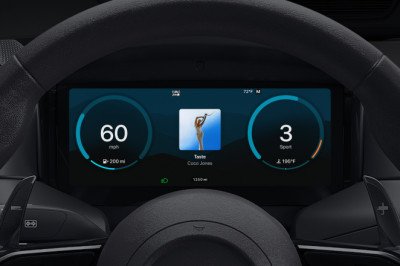
Facebook Conversations